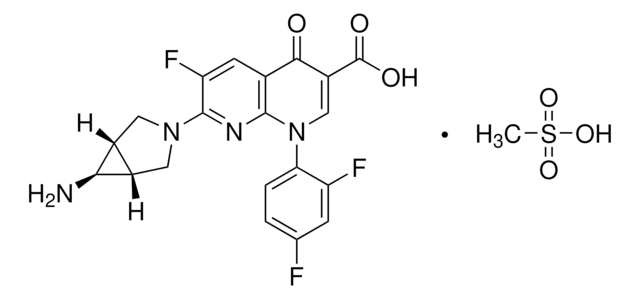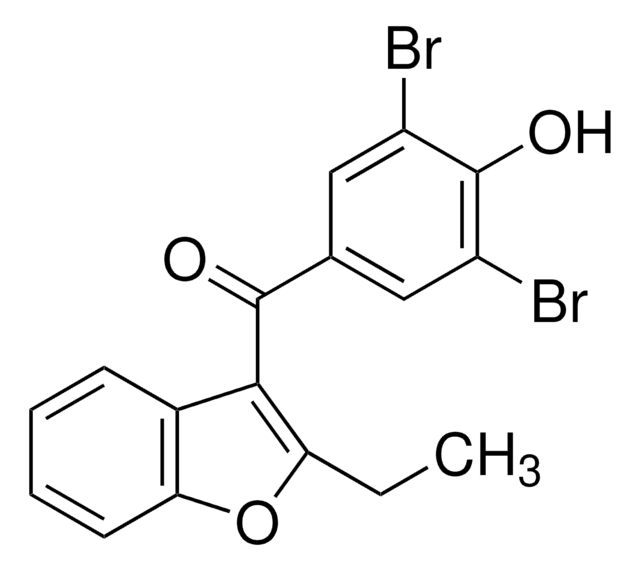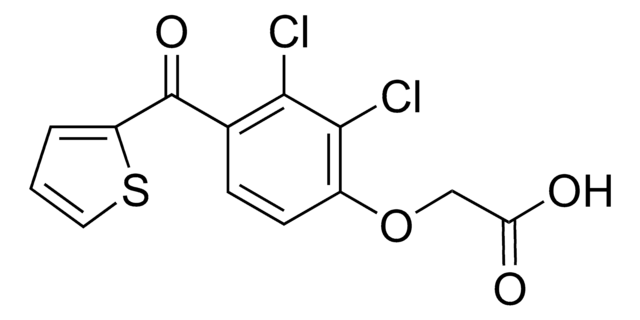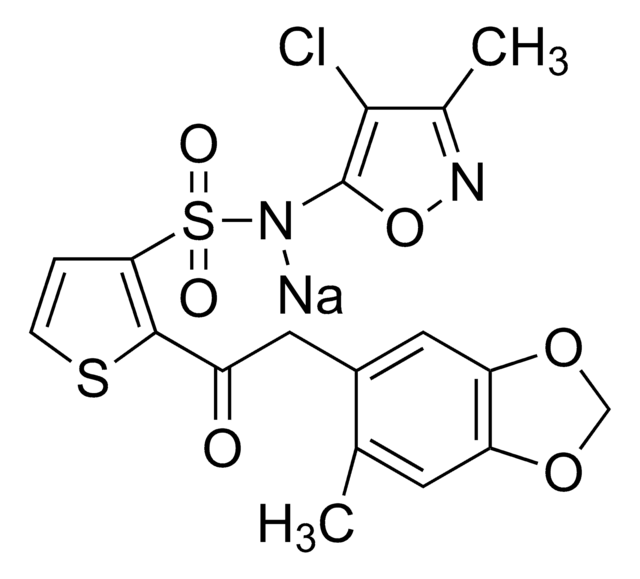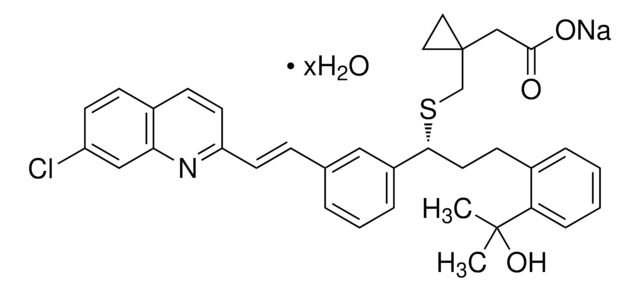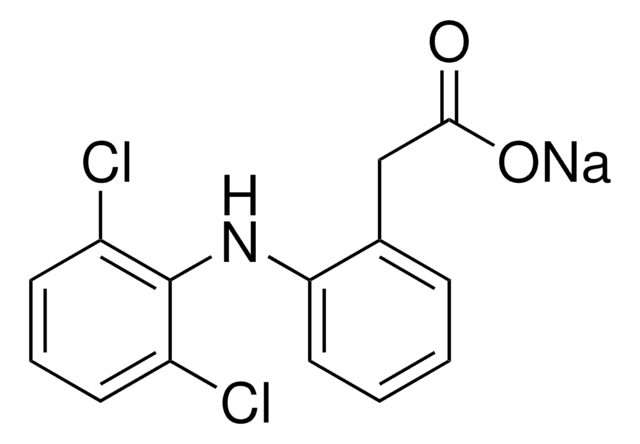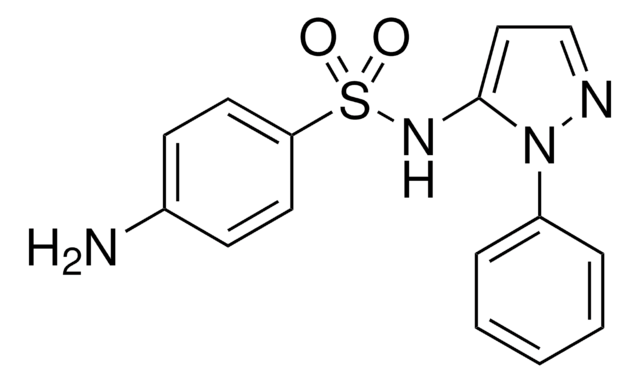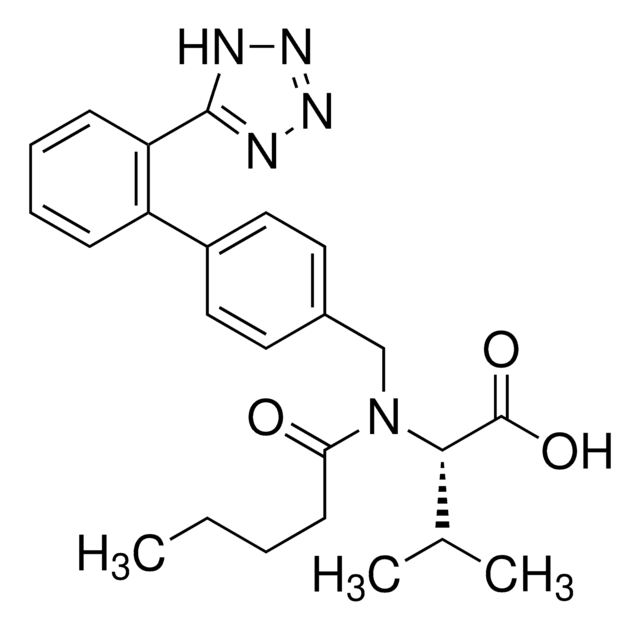SML0150
Tolcapone
≥98% (HPLC)
Sinônimo(s):
3,4-Dihydroxy-4′-methyl-5-nitrobenzophenone, Ro 40-7592
About This Item
Produtos recomendados
Ensaio
≥98% (HPLC)
forma
powder
condição de armazenamento
desiccated
cor
yellow
solubilidade
DMSO: ≥15 mg/mL
originador
Roche
temperatura de armazenamento
2-8°C
cadeia de caracteres SMILES
Cc1ccc(cc1)C(=O)c2cc(O)c(O)c(c2)[N+]([O-])=O
InChI
1S/C14H11NO5/c1-8-2-4-9(5-3-8)13(17)10-6-11(15(19)20)14(18)12(16)7-10/h2-7,16,18H,1H3
chave InChI
MIQPIUSUKVNLNT-UHFFFAOYSA-N
Informações sobre genes
human ... COMT(1312)
Procurando produtos similares? Visita Guia de comparação de produtos
Aplicação
Tolcapone has been used in methyltransferase assay in human embryonic kidney 293 cells.
Ações bioquímicas/fisiológicas
Características e benefícios
Palavra indicadora
Warning
Frases de perigo
Declarações de precaução
Classificações de perigo
Aquatic Acute 1
Código de classe de armazenamento
11 - Combustible Solids
Classe de risco de água (WGK)
WGK 3
Ponto de fulgor (°F)
Not applicable
Ponto de fulgor (°C)
Not applicable
Certificados de análise (COA)
Busque Certificados de análise (COA) digitando o Número do Lote do produto. Os números de lote e remessa podem ser encontrados no rótulo de um produto após a palavra “Lot” ou “Batch”.
Já possui este produto?
Encontre a documentação dos produtos que você adquiriu recentemente na biblioteca de documentos.
Nossa equipe de cientistas tem experiência em todas as áreas de pesquisa, incluindo Life Sciences, ciência de materiais, síntese química, cromatografia, química analítica e muitas outras.
Entre em contato com a assistência técnica